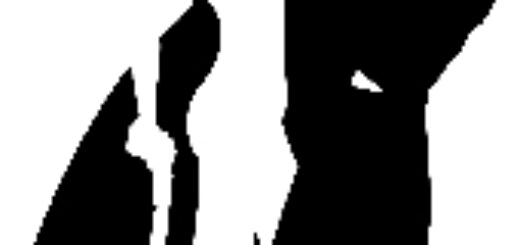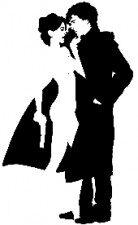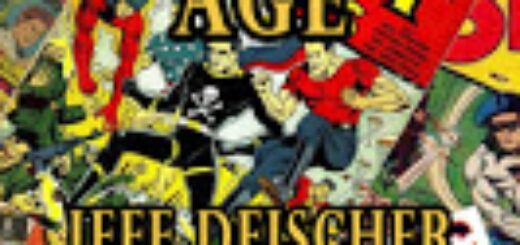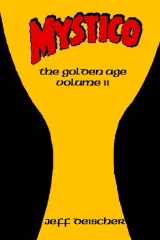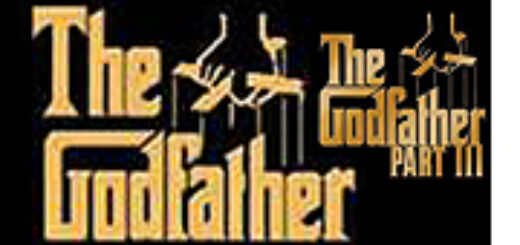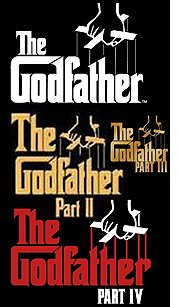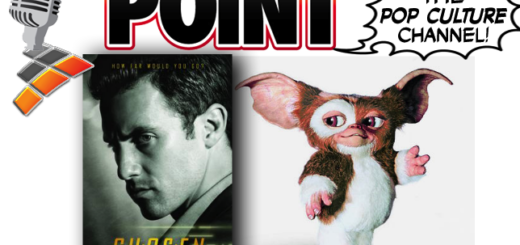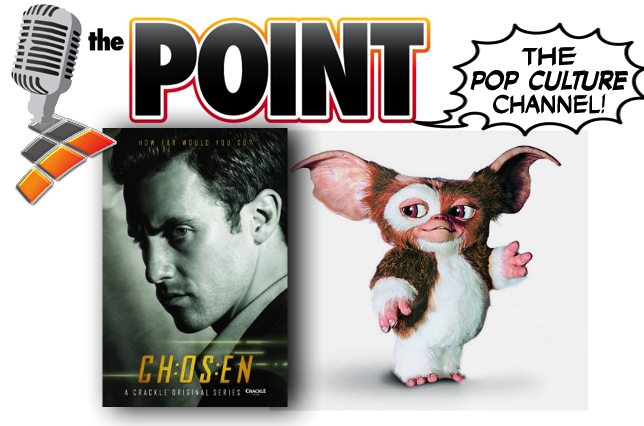OUT ON THE FRINGE
A Review of Christa Faust’s THE ZODIAC PARADOX
byAndrew Salmon
If you’re a Fringe fan like me, you’re probably feeling some withdrawal by now. So having the chance to dive into THE ZODIAC PARADOX by tie-in queen Christa Faust was welcome relief. But does the novel deliver? Read on.
The first thing readers should know is that the novel is a prequel with a capital P. It begins in 1968 and moves ahead into the 1970s so if you’re expecting Olivia and Peter to appear, then you’ll have to wait for the next two books inthe series. What you do get in the pages of THE ZODIAC PARADOX are healthy doses of Walter Bishop, William Bell and a smattering of Nina Sharp for some seasoning.
The novel kicks off with Walter and Bell performing their LSD experiments (which will ultimately culminate with the invention of Cortexiphan in the TV show) that result in their temporarily opening up a portal between universes. If you don’t know what any of the above means, then stop reading and get yourself some Fringe boxsets as you’ve got a lot of catching up to do. Still with me? Okay. Now through this portal, a serial killer flees the police in the alternate universe and enters ours and immediately takes up here where he left off over there. This killer will come to be known as the Zodiac Killer. When Zodiac killings begin to resemble Walter’s and Bell’s remembered visions when the portal opened, they realize that they are responsible for unleashing this monster and must do something about it.
What follows is an engaging read that will satisfy Fringe fans and should please newcomers to the Fringe world. Faust can write and, although her other work tends to be gritty, intense and sexual, she knows how to rein that in for her tie-in work. If you’ve read her award-winning version of Snakes on a Plane (the best tie-in novel I’ve ever read), you know what I’m talking about.
Her characterizations are accurate and you find yourself hearing the actors’ voices as you read the lines. Walter, especially, is well drawn. Given John Noble’s unforgettable performance in the series, this comes as welcome relief. Yes, he’s not the focused, unfeeling monster portrayed in flashbacks on the show, but he has no reason to be. He’s young, brilliant, untouched by tragedy and yet, when the situation demands it, he will exhibit that iron will that will, ultimately, lead to his downfall and eventual redemption. Bell, too, comes across accurately. He’s the rock star of the group and his megalomania is hinted at here. Nina Sharp is a little farther along than the two leads. She’s focused, smart and her won’t take crap from anyone is balanced with her genuine empathy.
The action of the book is the only weak link here. Although most of the sequences are well thought out and exciting, these brilliant people often do stupid things, which I suppose can be explained by their being out of their depth. Two academically inclined youths, bookworms for lack of a better term, can’t be expected to act like Rambo and that’s as it should be. They are, however, geniuses, and their smarts occasionally go out the window. This is a minor nit-pick but it did take away from the reading experience a time or two.
So, should you read THE ZODIAC PARADOX? If you’re a fan of the show, definitely. There are insider nods throughout the book that will go unnoticed by newbies. And what about you newbies? Can you get anything out of the book? As a long-time fan of the show, it’s all but impossible for me to answer that question but I’ll give it a try. The answer is yes. The novel captures the genre smash-up that was the show. Using science and dimensional portals against a radiation-spewing killer from an alternate universe is what Fringe, the series, was all about and the novel should grab you right out of the gate.
I enjoyed THE ZODIAC PARADOXand am looking forward to Book 2 with a Olivia front and center. Fringe fans take note, the show lives on!












